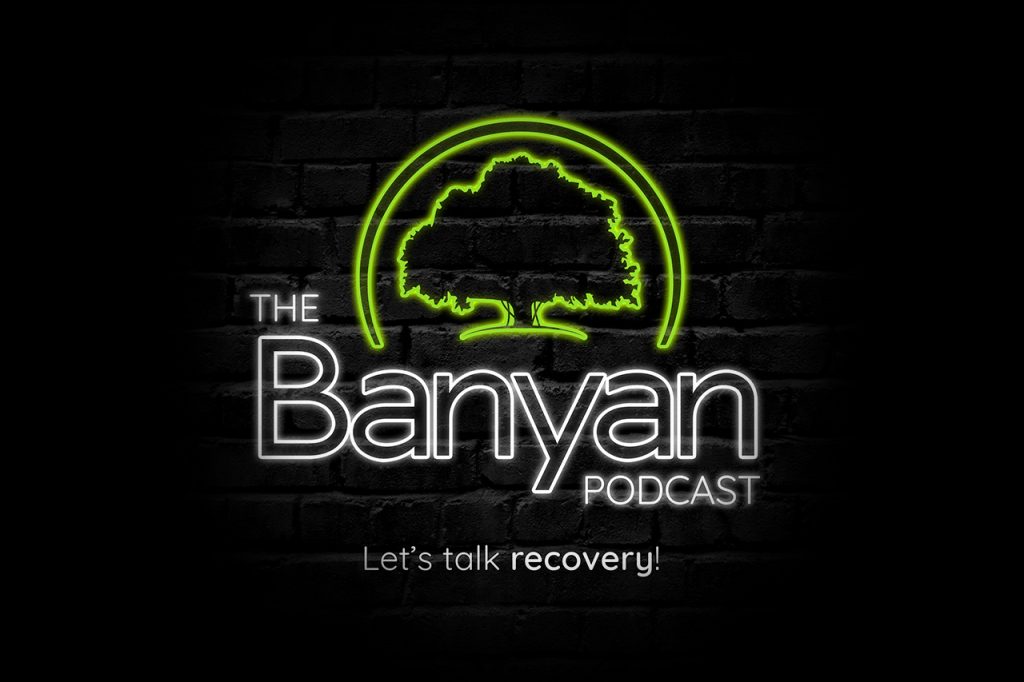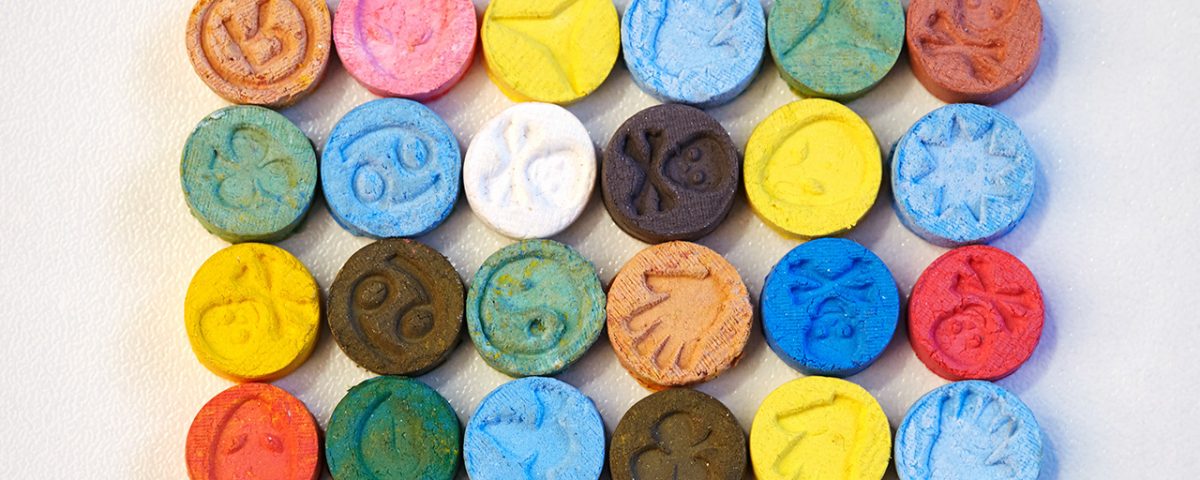3,4-Methylenedioxymethamphetamine (MDMA), otherwise known as Molly or ecstasy, is a synthetic, psychoactive drug that’s used for recreational purposes.
Molly alters mood and perception, affecting a person’s awareness and understanding of their surroundings. When taken in large doses, a person risks overdose and other side effects. How MDMA affects the brain has made it a popular substance of abuse in the club scene, at raves, and music festivals. However, the drug now affects a broader range of people. To better understand why people use this drug, our Boca rehab is sharing what Molly does to the brain.
How Do People Use Ecstasy?
People commonly use ecstasy by taking it as a capsule or tablet, although the drug can also be swallowed when in its liquid form or snorted as a powder. The popular street name for MDMA, “Molly,” is slang for molecular, which refers to the supposedly “pure” crystalline powder form of the drug that’s usually sold in capsules or tablets. However, people who buy ecstasy sold as powder or capsules often unknowingly purchase other drugs, like bath salts (synthetic cathinones) instead of Molly. This is an added risk of MDMA abuse.
Moreover, people who take multiple doses of Molly usually don’t take the same dose back-to-back. In other words, ecstasy tablets often range in dosage, meaning a user may take 245 milligrams (mg) the first time and then take 280 mg the second time. This also increases the likelihood of toxicity or overdose. Those who attempt to quit using MDMA on their own may experience certain withdrawal symptoms or side effects of reduced use. Our medically monitored detox at Banyan Boca helps people safely get through withdrawals and recover.
Ecstasy’s Effects on the Brain
Like other stimulants, MDMA affects the brain by activating the release of three neurotransmitters: serotonin, dopamine, and norepinephrine. Like other amphetamines or stimulants, Molly stimulates the release of these chemicals from their storage sites in neurons, increasing neurotransmitter activity. The excess release of these chemicals can elevate mood, which is why people prefer using this drug while they’re dancing or partying. Compared to other potent stimulants like methamphetamine, ecstasy causes greater serotonin release than dopamine release. Serotonin is an important chemical that plays a role in digestion, appetite, sleep, pain, and other behaviors. However, because Molly affects serotonin levels, users run the risk of depleting this naturally occurring neurotransmitter, which can even lead to mental health issues and a condition characterized by high levels of serotonin called serotonin syndrome.
How MDMA affects the brain is greatly dependent on the dose taken. As previously mentioned, Molly's doses can range greatly. It’s also common for users to take more than one dose of the drug in one period to increase or sustain their high. Another contributing factor is the use of any other drugs or alcohol. Because MDMA is often used in a club or party setting, people often take it while drinking alcohol. Alcohol acts as a central nervous system depressant, impairing judgment, breathing, heart rate, and more. When Molly and alcohol are taken together, an individual’s perception or awareness of their surroundings and situation is affected. Other dangers like dehydration, kidney damage, and liver damage can also occur. Additionally, alcohol is also an addictive substance, especially when used with other drugs. Those who struggle with heavy or chronic drinking are advised to receive alcohol treatment to safely recover.
Additional Side Effects of MDMA
The brain on Molly is also unable to regulate certain functions, like body temperature. Users often experience dehydration and increased body temperature, which can result in liver, kidney, heart failure, and even death. MDMA also promotes trust, closeness, and sociability, which can impair judgment and encourage risky and unsafe sexual behaviors. This increases people’s risk of contracting or transmitting diseases like HIV/AIDS and hepatitis. Moreover, Molly may also contain traces of other drugs like cocaine, ketamine, methamphetamine, over-the-counter cough medicines, or bath salts. The presence and dose of these substances are often unknown to users, which can be extremely dangerous.
Among the many other side effects of “ecstasy brain” is addiction. Not only can the drug itself lead to dependence, but the abuse of other drugs that may be present in the dose taken can also contribute to drug addiction. If you or a loved one is struggling with drug or alcohol use, we can help. Call Banyan Treatment Centers Boca today at 888-280-4763 to learn how our residential rehab in Florida can help.




















